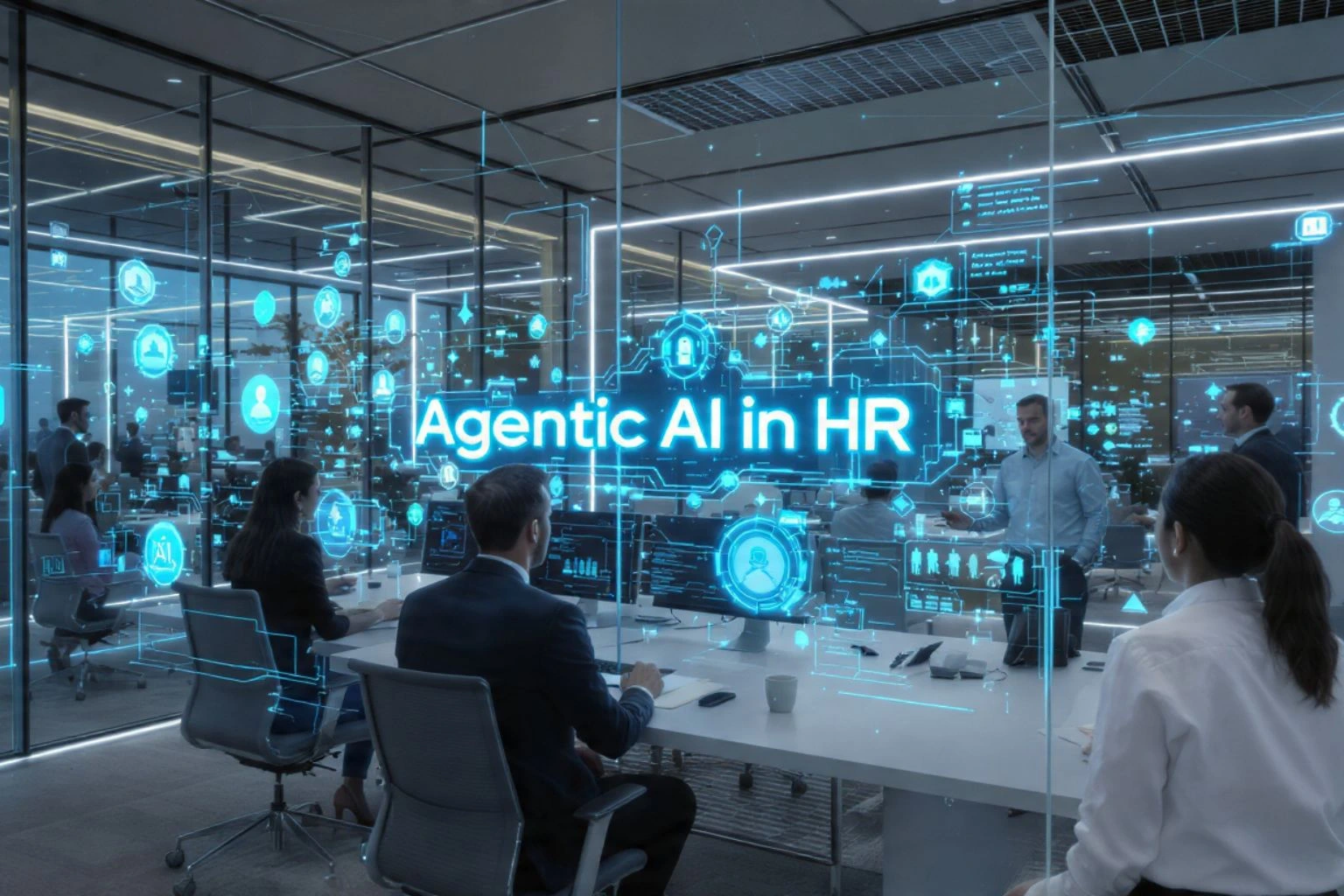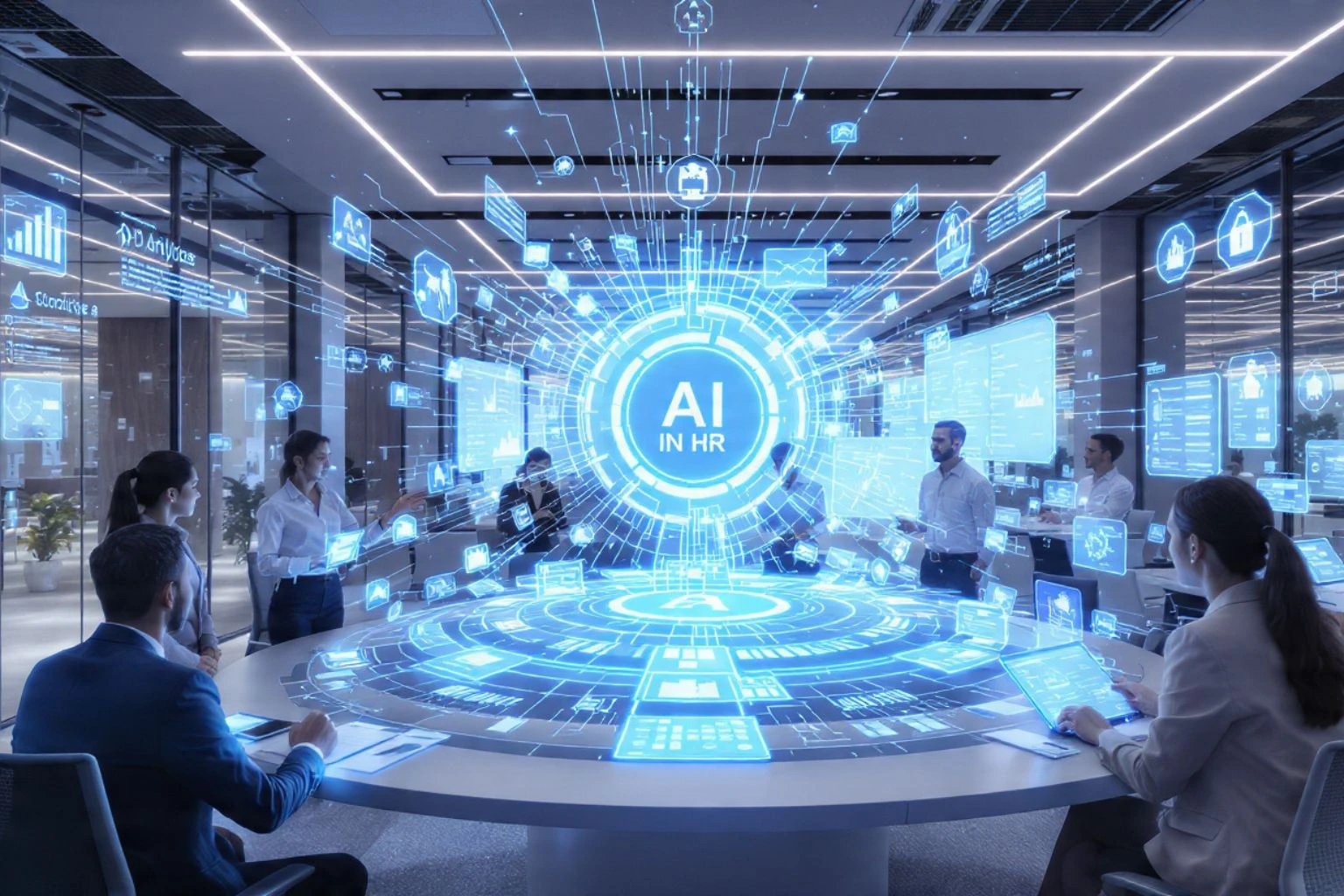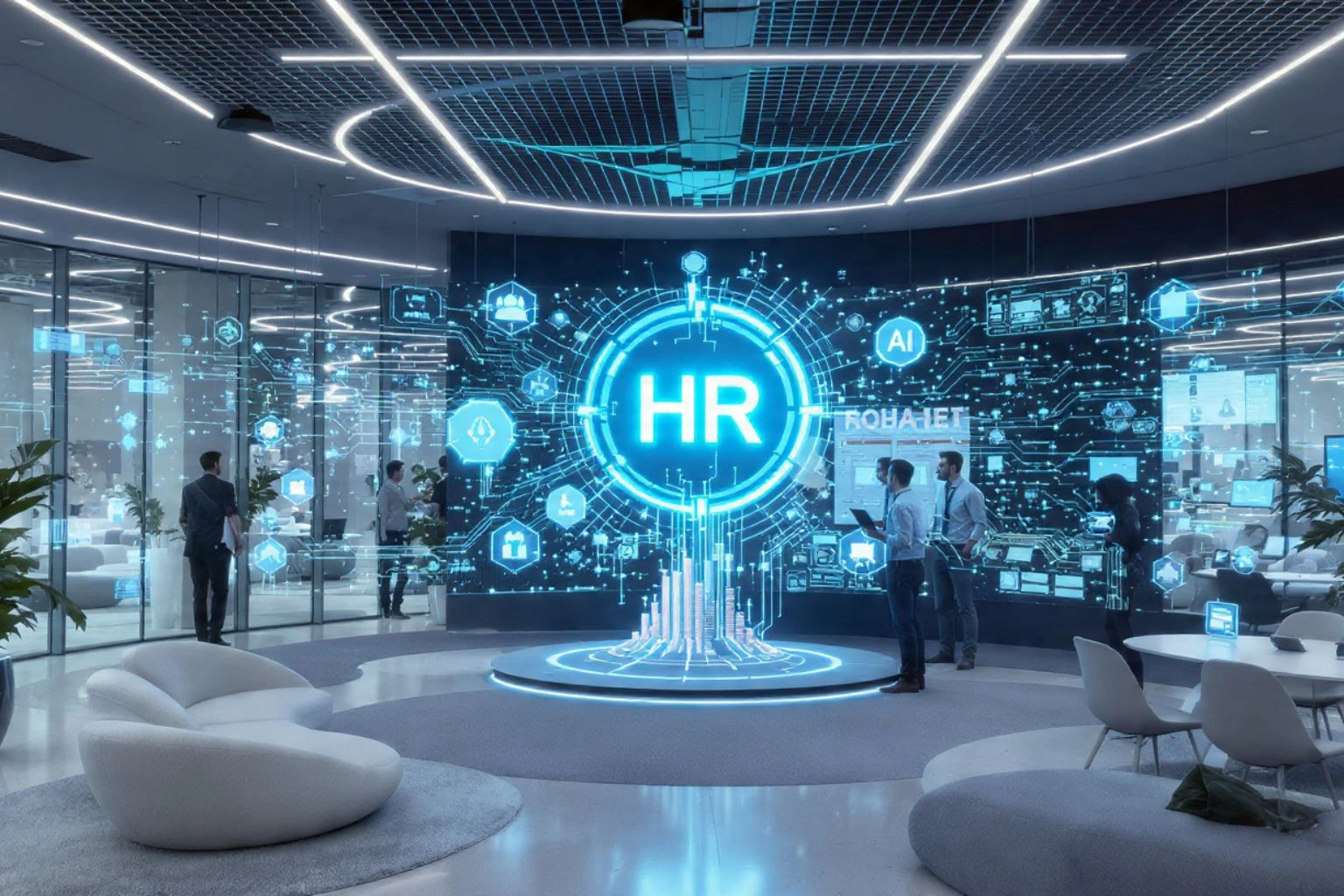Agentic AI in Human Resources: Transforming Employee Experience and Operations
Summary
This case study explores the use of Agentic AI for transforming Human Resources (HR) functions in modern enterprises. By leveraging autonomous decision-making, real-time personalization, and multi-agent orchestration, HR teams can go beyond traditional chatbots and automation tools to create a dynamic, employee-first experience.
Drawing on research from the fields of multi-agent systems, cognitive automation, and HR analytics, this study examines how agentic assistants can optimize resume screening, employee support, and administrative processes—unlocking strategic bandwidth for HR leaders and delivering scalable, cost-effective operations.
Introduction: The Evolving Role of HR
- The modern HR function is at a crossroads. Faced with the demand for an employee-first experience, HR teams are often bogged down by manual, repetitive tasks. The traditional approach, which relies on static, rule-based systems, struggles to handle the complexity and dynamic nature of employee queries and administrative workflows. This not only leads to operational inefficiencies but also results in employee dissatisfaction due to slow and generic responses.
- Agentic AI presents a compelling opportunity to bridge this gap. Unlike reactive automation, agentic systems possess the ability to reason, plan, and act autonomously. They can contextualize requests, retrieve information from disparate systems, and execute multi-step processes on behalf of the user, acting more like digital colleagues than simple tools. This study outlines a framework for deploying such systems to fundamentally change how HR delivers value.
Literature Review
- Cognitive HR Automation: Recent studies show that multi-agent systems outperform static RPA by dynamically routing requests, prioritizing cases, and integrating feedback loops to improve over time.
- Employee Experience Research: McKinsey (2024) notes that organizations using AI for HR tasks see a 20–30% improvement in employee satisfaction and reduced HR ticket resolution time.
- Trust & Transparency: Explainability remains crucial — employees must trust automated decisions (e.g., candidate ranking) to avoid perceptions of bias.
Methodology
Layer | Functionality |
|---|
Input Layer | Employee queries, HR forms, resumes, job requisition data |
Agentic Core | Multiple agents for resume screening, policy lookup, onboarding assistance, PTO requests, etc. |
Reasoning & Planning | Goal-driven orchestration: choose best sequence of actions (e.g., parse resume → rank candidate → send shortlist to HR) |
Tool Integration | Connect with HRIS, payroll, ATS, compliance systems |
Memory & Context | Short-term memory for active cases, long-term memory for HR knowledge base |
Output Layer | Personalized, natural-language responses; status updates; HR actions |
Agentic HR System Architecture
Core Architecture: The Agentic HR System
The proposed Agentic HR system is built on a modular, multi-agent architecture designed for flexibility and intelligence.
- Foundational Layers
- Input Layer: Gathers and processes unstructured data from diverse sources, including employee queries (via text or voice), HR forms, job applications, and data from Human Resource Information Systems (HRIS).
- Agentic Core: This layer consists of specialized, goal-oriented agents. For example, a Resume Screening Agent identifies top candidates, an Onboarding Agent guides new hires through document submission, and a Policy Agent provides real-time answers to employee questions.
- Reasoning & Planning Engine: The central orchestrator that analyzes a user’s request and determines the optimal sequence of actions. For a complex query like “hire a new engineer,” this engine would activate the Resume Screening Agent, followed by the Interview Scheduling Agent, and finally the Offer Generation Agent.
- Memory & Context: Essential for personalization. Short-term memory maintains context for a single interaction, while a long-term knowledge base stores institutional HR knowledge and historical data to continuously improve performance.
- Tool Integration: Seamlessly connects the agents with critical enterprise systems, including the Applicant Tracking System (ATS), payroll, benefits management, and compliance platforms.
- Implementation and Use Cases
The agentic framework can be applied to a wide range of HR functions to deliver immediate impact:- Intelligent Onboarding: The Onboarding Agent proactively guides a new hire through a checklist of tasks—from digitally signing documents to initiating system access requests—making the process seamless and error-free.
- Automated Resume Screening: Instead of a simple keyword search, the Resume Screening Agent uses Natural Language Processing (NLP) to understand a resume’s content, extracting key skills, experience, and education. It then ranks candidates based on a multifaceted fit score, while being auditable for bias to ensure fairness.
- Proactive Employee Support: An Employee Self-Service Agent can respond to complex queries like “What is my current PTO balance?” or “How do I update my tax withholding information?” by autonomously querying multiple systems and providing a direct, personalized answer.
Benefits & Impact
Dimension | Impact |
|---|
Efficiency | Automates up to 60–70% of routine HR inquiries, freeing HR staff for strategic tasks. |
Scalability | Handles increasing employee headcount without requiring proportional HR growth. |
Employee Experience | Delivers instant, personalized support, reducing frustration. |
Cost Reduction | Lowers cost per HR ticket and reduces manual errors. |
Strategic Focus | HR professionals spend more time on talent development, workforce planning, and DEI initiatives. |
Discussion & Challenges
- Strengths: Dynamic decision-making, self-learning workflows, seamless HRIS integration.
- Challenges:
- Bias & Fairness: Automated resume screening must be audited to prevent algorithmic bias.
- Data Privacy: Sensitive employee data requires strict security and compliance (GDPR, SOC2).
- Change Management: HR teams need training to trust and effectively collaborate with AI systems.
Future Scope
- Predictive HR Analytics: Use agents to predict attrition risk, career progression, and workforce planning needs.
- Multi-Modal Inputs: Accept voice-based HR queries or video resumes.
- Proactive Employee Engagement: AI agents initiate wellness check-ins or pulse surveys based on trends.
- Integration with Generative AI: Use LLMs to create custom learning paths, personalized policy summaries, and job descriptions.
Competitor & Market Tools Comparison
While Agentic AI is an emerging paradigm, several tools already exist in the HR AI market. However, most fall short of true agentic capabilities.
Tool/Platform | Strengths | Limitations vs. Agentic AI |
|---|
Workday People Experience | Integrated HRIS + AI-powered recommendations for employees. | Strong in structured workflows, but limited autonomy; lacks dynamic reasoning. |
Oracle Fusion HCM AI | Predictive analytics for workforce planning and career paths. | Primarily analytics-driven; personalization limited to predefined templates. |
SAP SuccessFactors AI | Conversational chatbots + HR process automation. | Bots are rule-based, unable to autonomously handle evolving queries. |
ServiceNow HR Service Delivery | Workflow automation + employee self-service portals. | Static responses; cannot proactively act or adapt without manual configuration. |
Paradox Olivia (Recruiting AI) | Conversational AI for candidate engagement and scheduling. | Narrow scope (recruitment-focused); no orchestration across HR domains. |
Agentic HR (Proposed) | Multi-agent orchestration, contextual memory, autonomous decision-making. | Newer adoption; requires trust-building and integration with legacy systems. |
Conclusion
Agentic AI represents a paradigm shift in HR — moving from transactional support to context-aware, proactive workforce enablement. By blending automation with reasoning, HR teams can improve employee satisfaction, speed, and operational efficiency while focusing on strategic initiatives that drive business outcomes.



